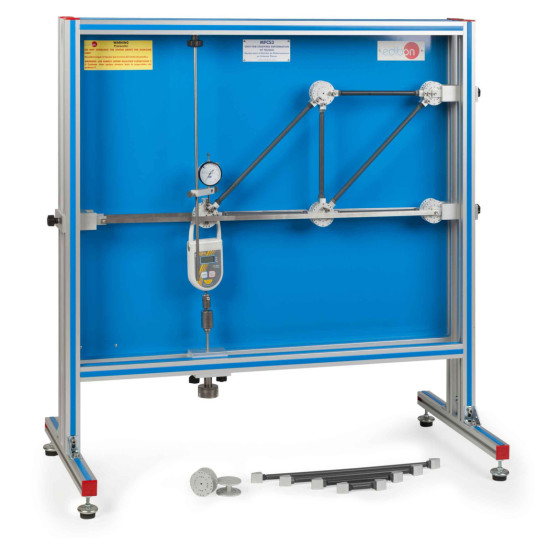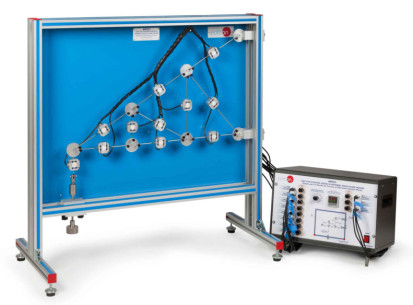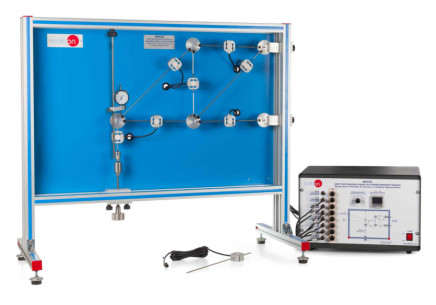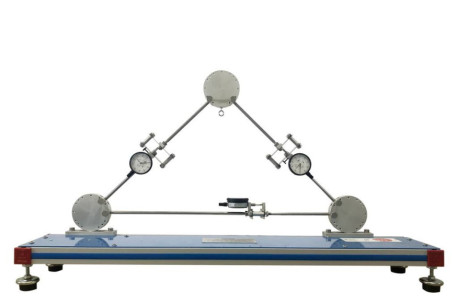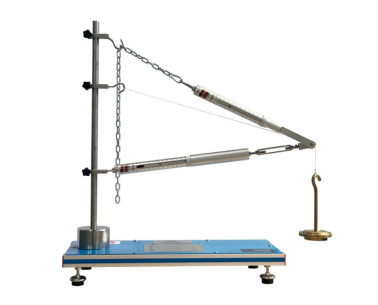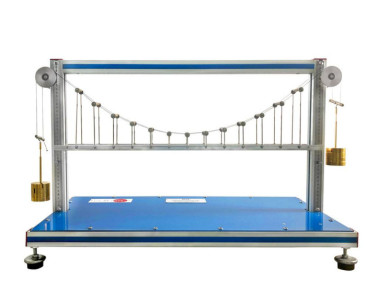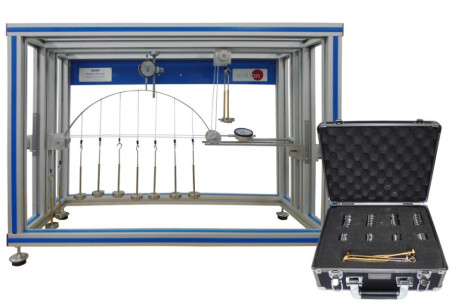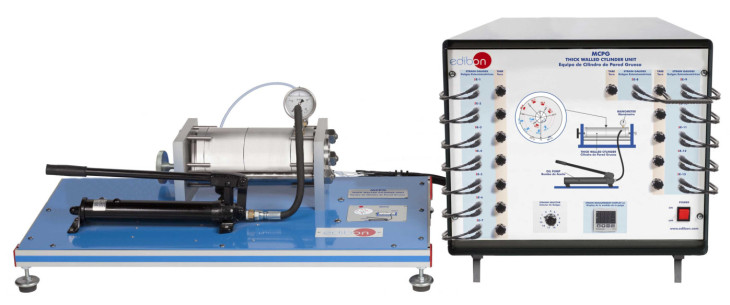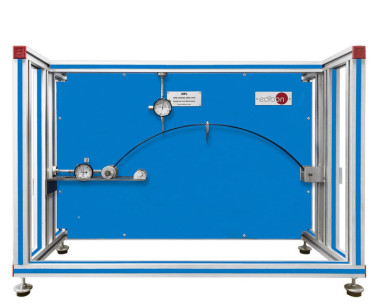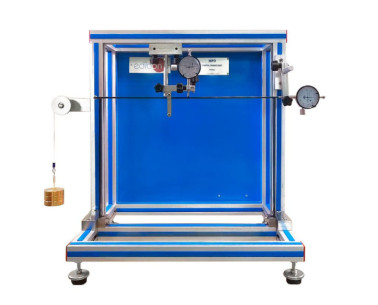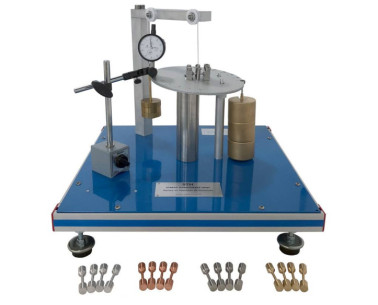MFCS3 Unit for studying Deformation of Trusses
혁신적인 시스템
The Unit for studying Deformation of Trusses, "MFCS3", allows to measure the global deformation of different types of statically determined flat truss assemblies subjected to a single external force.
실험실
관련 뉴스
일반적인 설명
The Unit for studying Deformation of Trusses, "MFCS3", allows the measurement of the stresses in the bars in different types of trusses, and the study of the dependence of the external force and the comparison of the experimental forces in the bars with mathematical methods like the method of the sections, Ritter or Castigliano´s theorem.
The unit consists of twenty one PVC (to observe strains perfectly) bars of different lengths to form different truss structures.
The bars will work under tension or compression and will be placed forming triangular units of different angles. Bars can be considered ideal, since friction is neglected and nodes do not transmit moments.
To generate an external force, a load application device is attached to a node disc. This device includes a force gauge that can be mounted on different node discs, a cross arm for lateral stability of truss and a dial gauge to record the deformation of the truss under load.
The frame includes three supports, two of them to create the supports in two of the node discs of the structure and another to be able to place the stiffeners to prevent the buckling of the structure.
The Castigliano theorem can be proved for calculating deformation by energy methods.
연습 및 가이드
매뉴얼에 포함 된 가이드 실기 연습
- Investigation of the elastic deformation of truss under point load.
- Calculation of support reaction and bar forces.
- Study of the principle of work and strain energy.
- Calculation of the deformation at a defined point by the application of Castigliano's first theorem.
- Comparison of the deformations of different trusses under the same load.
- Comparison of the experimental deformation with the calculated deformation.
비슷한 제품
Unit for studying Forces in an Overdeterminate Truss
Unit for Studying Forces in a Simple Bar Structure
보완 장비
Unit for studying Forces in a Jib Crane
Suspension Bridge Unit
Parabolic Arch Unit
Three-Hinged Arch Unit
Unit for Studying Forces in a Simple Bar Structure
Unit for studying Forces in Different Single Plane Trusses
Unit for studying Forces in an Overdeterminate Truss
Thick Walled Cylinder Unit
Two Hinged Arch Unit
Portal Frame Unit
Stress Hypotheses Unit
Simple Stability Problems Study Unit
품질

판매 후 서비스

 쿠키 기본 설정
쿠키 기본 설정

